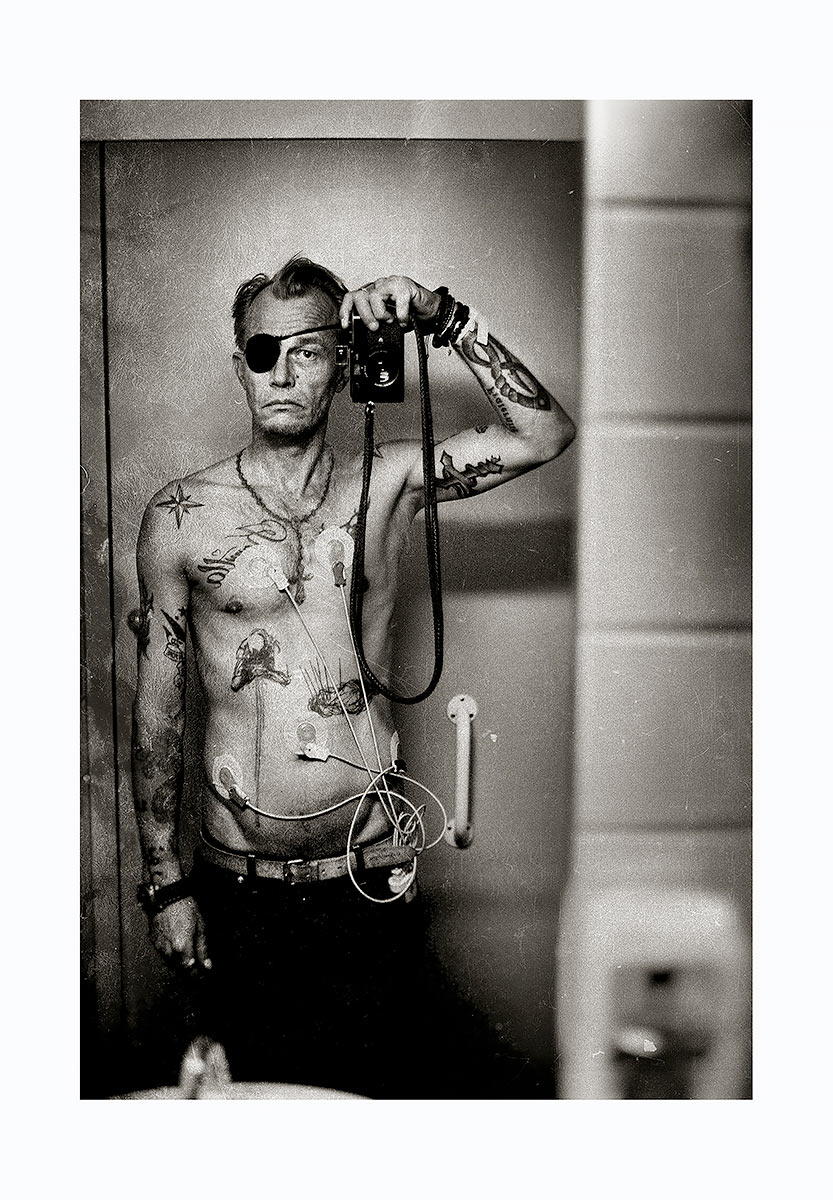Born in Denmark in 1968. In 1991, the year he graduated, Grarup won the Danish Press Photographer of the Year award, a prize he would receive on several further occasions. In 1993, he moved to Berlin for a year, working as a freelance photographer for Danish newspapers and magazines.
During his career, Grarup has covered many wars and conflicts around the world including the Gulf War, the Rwandan genocide, the Siege of Sarajevo and the Palestinian uprising against Israel in 2000. His coverage of the conflict between Palestine and Israel gave rise to two series: The Boys of Ramallah, which also earned him the Pictures of the Year International World Understanding Award in 2002, followed by The Boys from Hebron.
His book, Shadowland (2006), presents his work during the 12 years he spent in Kashmir, Sierra Leone, Chechnya, Rwanda, Kosovo, Slovakia, Ramallah, Hebron, Iraq, Iran, and Darfur. In the words of Foto8's review, it is "intensely personal, deeply felt, and immaculately composed." His second book,
Darfur: A Silent Genocide, was published in 2009. In 2017 he realised the prizewinning bestseller AND THEN THERE WAS SILENCE and he is one of the most hired keynote speakers and lectures for world issues around the word.
Jan has won an incredible amount of prizes, but to mention a few he has won 8 World Press Awards, Pictures of the Year International World Understanding Award, UNICEF Children photo of the year award, Visa d'or, Leica Oskar Barnack Award, just to mention a few of the more prestigious ones
Per Folkver, Picture Editor in Chief of the Copenhagen daily Politiken, where Grarup has worked, has said of Grarup that
"He is concerned about what he is seeing and doing longer stories and returning to the same places."
The Country that Drowned
